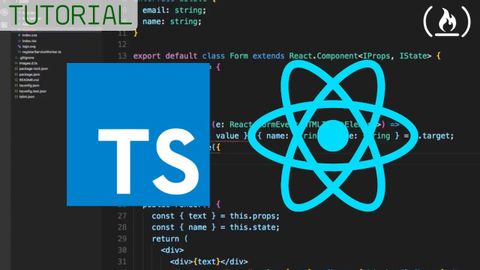ReactでのTypeScriptの使い方 (How to use TypeScript in React)
林宜悉 が 2021 年 01 月 14 日 に投稿  この条件に一致する単語はありません
この条件に一致する単語はありませんUS /səˈner.i.oʊ/
・
UK /sɪˈnɑː.ri.əʊ/
- v.t.だます;笑わす
- n. (c./u.)トリック;腕の良いやり方;技
- adj.迷わせる
US /spəˈsɪfɪkli/
・
UK /spəˈsɪfɪkli/
エネルギーを使用
すべての単語を解除
発音・解説・フィルター機能を解除

